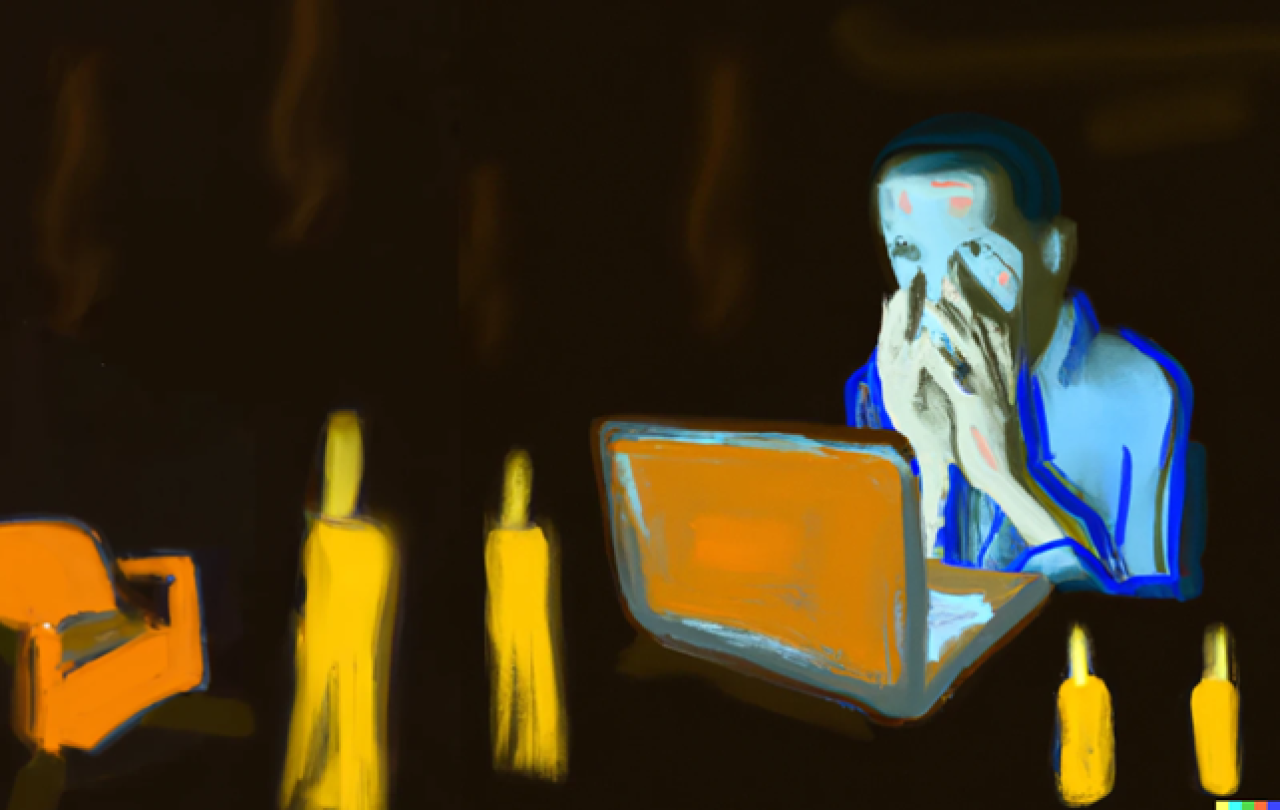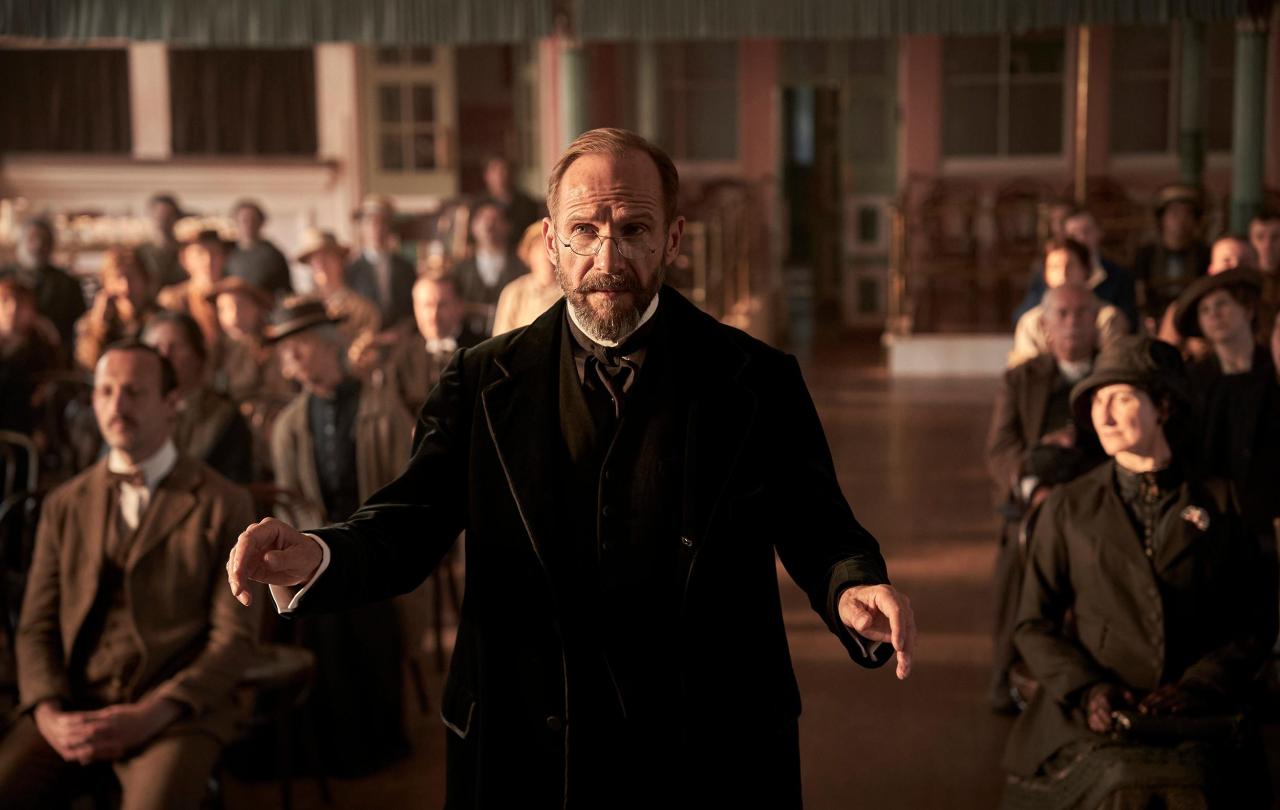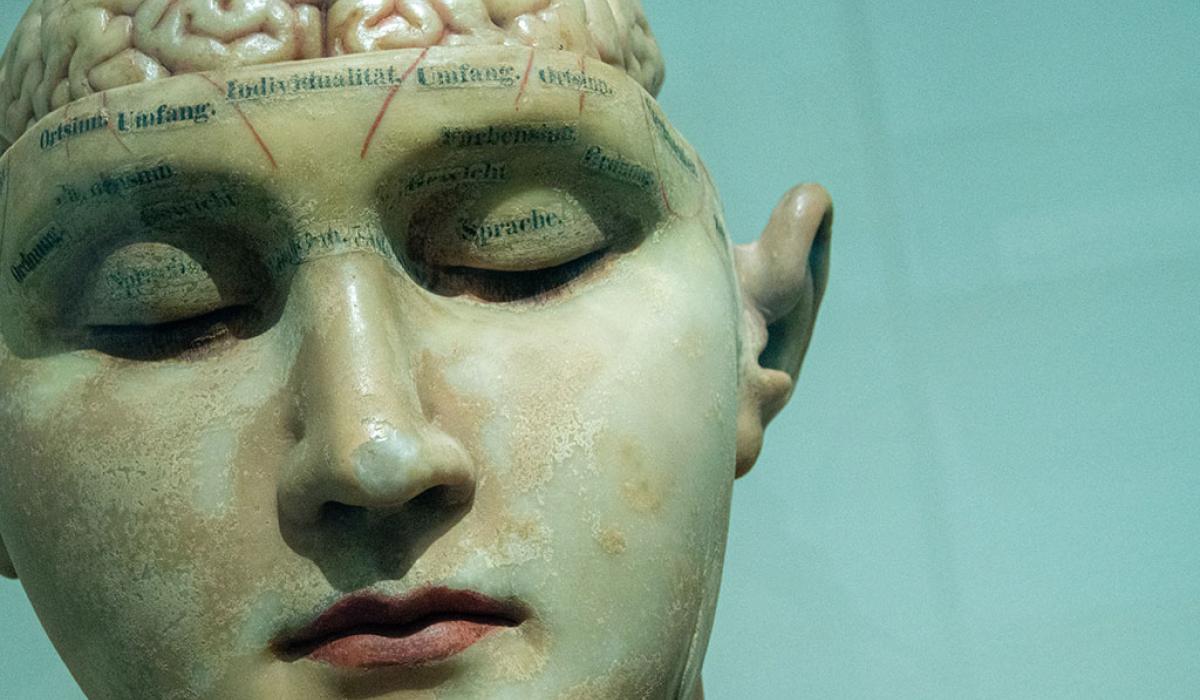The summit of humanity: decoding AI's affectations
An AI summit’s prophecies need to be placed in the right philosophical...
Nick is the senior editor of Seen & Unseen.
Share

"Seen & Unseen is a liberating point of view which has opened my mind to new possibilities."
We are committed to offering all our content entirely for free for anyone who wants to read it. This is made possible by our amazing community of regular supporters.
Roger is a theologian and author with a particular interest in the relationship between faith and culture.
Share

There is something wonderfully disconcerting about the movie, The Choral. On the face of it, it’s a feel-good tale in the light-hearted British comedy-drama tradition. Set in the fictional Yorkshire town of Ramsden during the First World War, the local choral society put on their annual production. Confronted by a succession of challenges and setbacks they persevere and accomplish their goal.
With Ramsden beautifully conceived and filmed in the model village of Saltaire, it is evocative of its time and place. Scripted by national treasure Alan Bennett, now aged 91, it is shot through with his well-observed wit, penchant for understatement and gentle melancholy. This is a heady mix.
That the film is directed by BAFTA, Olivier and Tony Award winner Nicholas Hytner, a longtime collaborator with Bennett (The Madness of King George, The History Boys and The Lady in the Van) and includes Ralph Fiennes, Roger Allum and Alun Armstrong among its cast only underlines the dramatic quality of the ensemble.
So, all things considered, you’d expect this to be a heart-warming foray into the cosy nostalgia of the familiar. The fact that it is also the first original screenplay from Bennett in 40 years, with Elgar’s The Dream of Gerontius as its musical heart, would also seem to guarantee universal critical acclaim. Wrong on both counts.
From the outset, something doesn’t seem to be quite right. It’s a little off. The progression of a young postboy and his mate around the town on their bikes, delivering telegrams to young, widowed women is heartbreakingly poignant. But Ellis, the postboy Lofty’s mate, disturbs the pathos of the moment by cheerily embracing the possibility of romance, “Grief, it’s an opportunity!”
Of course, the backdrop of the film is the war. The war has robbed the Choral Society of its choirmaster and its male members. Then, having recruited young men in their place, the prospect of conscription on their eighteenth birthdays is inescapable and inexorably drawing closer. We know what’s coming and a shroud is cast over their endeavours.
The war also throws up issues of patriotism and the demonisation of everything German. Even Battenberg cake is frowned upon.
The newly recruited choirmaster, Dr Guthrie played by Fiennes, is also held in suspicion as he had previously lived in Germany by choice. For him it was a nation of high culture, philosophy and civilised society.
At one point he recites
“A man should hear a little music every day of his life so worldly cares may not obliterate the beautiful in the human soul.”
Revealing he is quoting “Johann Wolfgang von Goethe” he is abruptly rebuked, “For God’s sake man, lower your voice.” So it is that the Society abandons its customary performance of Bach’s St Matthew Passion for the Elgar, with Bach “being a Hun!”
Guthrie is also suspect in the minds of some because “he is not a family man”. Behind the euphemism lay a relationship in Germany, cut short by the beginning of the war and the German joining the Imperial Navy.
When the choir learn from a newspaper report of “829 Germans killed at sea” they break out into a spontaneous and raucous singing of “God save the King”. Knowing the ship, Guthrie is left in private, unshared grief. For the audience, the nationalistic enthusiasm rings empty, hollow and jarring.
People’s lives are complicated, what drives and motivates them remains largely unknown and the consequences frequently unanticipated. Bennett pulls back the curtains a little bit to give us a peak. Things are not straightforward. Issues are not as black and white as we tell ourselves. Our impressions and the stereotypes that inform them do not stand scrutiny.
There’s the mill owner, Alderman Duxbury (Roger Allam), who funds “the Choral”, chairs the committee and expects a leading role is the epitome of privilege. Yet he has lost a son to the war and is deeply grieving himself, unsupported by his wife who is paralysed by her grief and emotionally frozen.
Then, as the film progresses, Clyde returns from the front after being ‘missing in action’ and having lost his arm. However, he discovers that his fiancé, Bella, had ultimately been unable to wait for him and has taken up with Ellis.
Processing his trauma and negotiating the loss of Bella, to his shame he manipulates her for a sexual favour. Hero and villain, pain and pleasure, light and dark all laid bare within the beauty of the Yorkshire landscape and Elgar’s transcendent music. A gifted tenor, Guthrie casts Clyde in the leading role while Bella and Ellis take their places in the chorus.
Complicated!
Other characters are interlaced into the tale with their own backstory. Salvation Army singer, Mary, has an angelic voice and takes the female lead. A committed Christian she resists romantic advances, while Horner, the Societies’ accompanist wrestles with the whole idea of war and the love that dare not speak its name. When the sensitive musician is robustly led away to prison by the military another discordant note is played in the audience’s mind.
Then there are cameos by a pompous and self-important Elgar, the thoughtful and compassionate Mrs Bridge, a woman of ill-repute, and the local vicar, who is more concerned about the Roman Catholic theology contained in John Henry Newman’s religious poem, The Dream of Gerontius upon which Elgar based his oratorio.
“Purgatory …” says Clyde, “… I could take you there tomorrow!”
The closing thought is Newman’s, not as the Society performs, but as the lads, now 18 and in uniform, wave to their friends as their train leaves the station. The oratorio scores the scene with the Angel’s farewell:
“Softly and gently, dearly ransomed soul, In my most loving arms I now enfold thee.”
While the film has been received warmly by some, not everyone is convinced. Rachel LaBonte is clear that the narrative is:
“… suffocated by the sheer number of characters at play, and the odd disconnect between their individual arcs.”
And Guy Lodge in Variety observes:
“Bennett’s script flits inconsistently between generations, foregrounding certain perspectives before they suddenly recede …”
But actually, this is the genius of Bennett’s script. This is what life is like. Every day we bump into loads of people, each one living their own life, with their own issues and their own back story. And you can be sure there is an ‘odd disconnect’ between our lives no matter how much we have in common.
And life does ‘flit inconsistently’ between triviality and seriousness, between the interests of the young or the old, between what matters, what’s a priority and what’s a diversion.
While the substance of the town of Ramsden, the elevating art of the Choral Society and horror of the war frame the story, what it’s about is the people. A diverse, complex set of individuals who inhabit a particular place and a particular time. They share the space, but each have their own lives to navigate and each of their lives is complicated. And the number of characters and the flitting about is precisely how Bennett makes his point.
It was a first world war British Chaplain who advised the men at an army camp in Zeitoun, Egypt to be careful about judging those around them:
“There is always one fact more in every man’s case about which we know nothing.”
If we only knew what baggage people are carrying, what they’re wrestling with and what they’re keeping to themselves we would see them in a different light. We might even, perhaps, treat them more kindly.
Life is complicated. We are complicated. In these febrile times it would be good to remember that and cut each other some slack.
Since Spring 2023, our readers have enjoyed over 1,500 articles. All for free.
This is made possible through the generosity of our amazing community of supporters.
If you enjoy Seen & Unseen, would you consider making a gift towards our work?
Do so by joining Behind The Seen. Alongside other benefits, you’ll receive an extra fortnightly email from me sharing my reading and reflections on the ideas that are shaping our times.
Graham Tomlin
Editor-in-Chief






